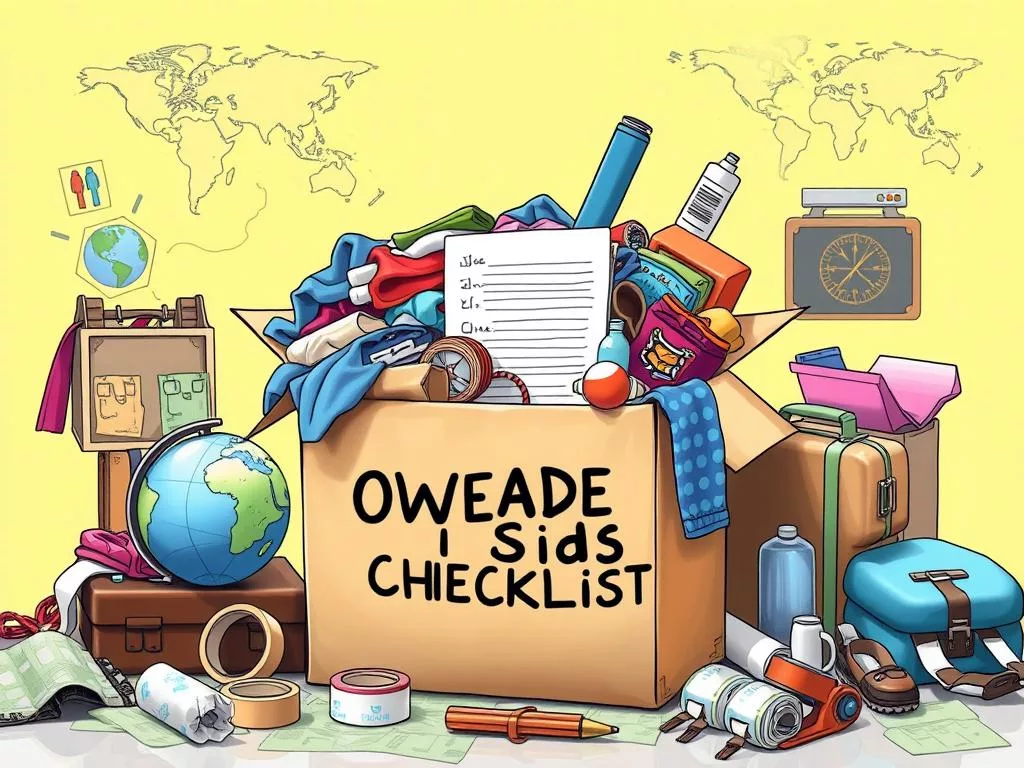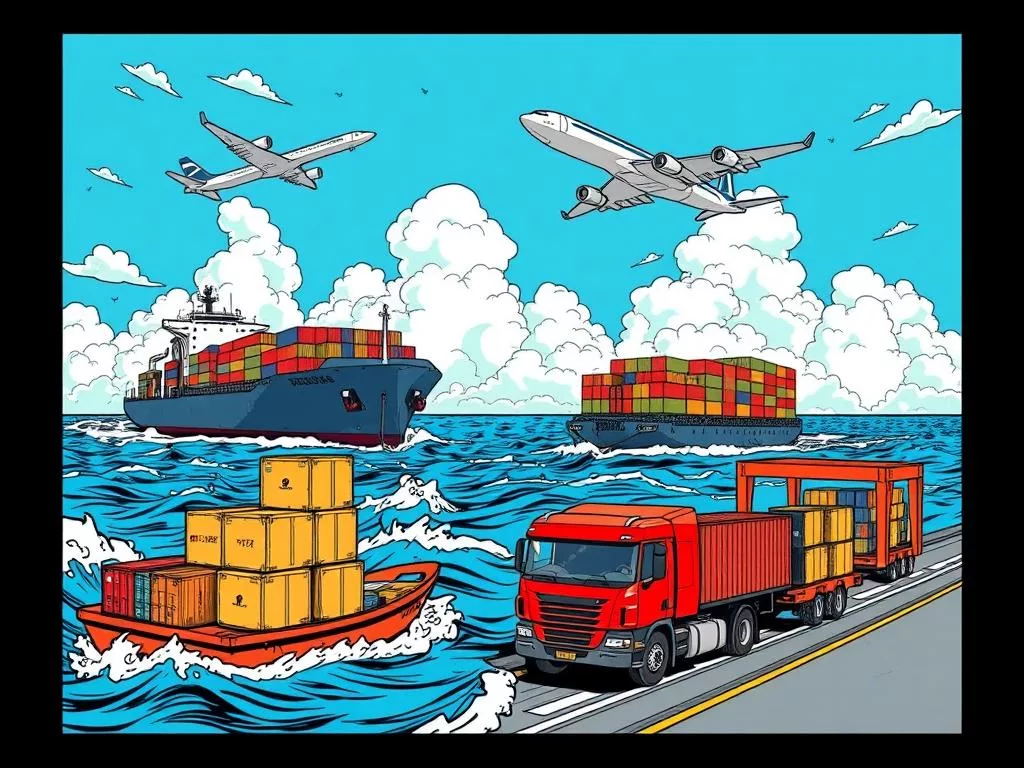Moving your belongings overseas can seem daunting. But with the right guidance, it becomes easier. At least 5.4 million US citizens live abroad, showing the need for good international relocation services. This global moving guide will help you through the process of shipping your belongings.
When planning your move, you’ll find several shipping options. Sea freight is cost-effective for big items like furniture and vehicles. It’s slower but cheaper for long-distance moves.
For quick moves, air freight is better but costs more. It’s good for small shipments or urgent needs. Professional moving companies can make the process easier, with their expertise and full insurance.
To estimate costs, you need to survey your items. This helps determine what you have, for an accurate quote. You can pack yourself to save money or use full packing services.
Remember, there are many documents and customs rules to follow. Customs laws vary by country, so research is key. Check government websites and contact embassies for the latest info. Also, make sure your custom wood crates meet ISPM 15 standards to avoid border issues.
Preparing for Your Overseas Move
Getting ready for an international move is key to avoid any problems. Picking the right shipping method is the first step to a smooth move. Air freight is fast but pricey, costing about $8,000 for 2,000 lbs from China to Los Angeles. On the other hand, sea freight is cheaper, costing around $1,500 for the same amount.
Shipping a 20ft FCL from New York to London might cost about $2,550. Knowing these costs helps in planning and budgeting better.
Decluttering is a big part of preparing for a move. You can sell, donate, or throw away items you don’t need. This reduces the amount you have to ship, saving money. Make sure to pack well and avoid extra costs by using the right packing techniques. Check out this overseas shipping checklist for more tips.
It’s also important to book with reputable shipping companies early to get better rates. Waiting too long or moving during busy times can make costs go up. Getting quotes from different companies can help you find cheaper options. Some companies can even help with customs paperwork and regulations.
Don’t forget to look into customs paperwork and rules for your destination. Organizing these documents well can prevent delays and high fees. Research the customs rules of your new country and get all necessary permits early. Also, think about getting insurance to cover your items during the move.

- Compare multiple shipping quotes early to secure affordable rates.
- Efficiently pack items to prevent damage and reduce costs.
- Research and adhere to customs regulations of the destination country.
- Consider shipping insurance for added security.
- Declutter and donate non-essential items to reduce shipment volume.
Learn about the costs of moving, including sea and air freight. Make sure your electrical items work in your new country. These steps will help make your move smoother.
Guide to How to Move Belongings Overseas
Moving belongings overseas is a complex process that needs careful planning. It involves understanding different overseas shipment methods. This guide will give you key insights from the international movers guide to help you move efficiently and save money.

The first step is to choose how to transport your belongings. Sea freight is often recommended in the international movers guide for its cost-effectiveness. It offers two main options:
- Full Container Load (FCL): Great for big moves where you use the whole container for your stuff.
- Less than Container Load (LCL): Good for smaller moves, where you share the container with others going the same way.
Sea freight is cheaper but takes longer, usually 1-3 months. Air freight is faster but more expensive. It’s best for urgent or less bulky items. Here’s a comparison:
| Method | Delivery Time | Cost | Best For |
|---|---|---|---|
| Sea Freight (FCL) | 1-3 Months | Lower | Bulk Items |
| Sea Freight (LCL) | 1-3 Months | Lower | Smaller Shipments |
| Air Freight | 1-2 Weeks | Higher | Urgent Shipments |
Getting quotes from different shippers can help you save money. Also, start preparing customs paperwork early to avoid delays. Remember to check the rules for items like electronics and medicines in your new country.
Packing is key to keeping your belongings safe. Use special boxes for clothes and mirrors, and vacuum-sealed bags to save space. Pack fragile items carefully to avoid damage during transport.
Don’t forget about insurance when shipping overseas. Companies like Britannia say it’s important to get shipping insurance to protect against damage or loss.
By following these steps and using the right overseas shipment methods, moving to a new country can be done well and affordably. The international movers guide provides a detailed plan for a smooth move, making sure you meet all customs and import rules of your new country.
Arrival and Settling In
Arriving in your new country is the start of the final part of moving abroad. Getting through customs quickly is key. A move manager can help with the paperwork and logistics, making your transition smoother.
Local partners are also important for moving your stuff safely to your new place. They help reduce the stress of this last step.
After your stuff arrives, focus on setting up your new home. First, get utilities, internet, and a local phone set up. Remember, rules for these services vary by country, so learn the local laws.
Many jobs abroad need 8-12 weeks for visa and work permit processing. Also, some places require health records and vaccination proof, which takes time.
Getting used to the local culture and people is also important. Join local groups, take part in social events, and learn about local customs. This helps you adjust better.
It’s good to know about local tenancy laws too. Some places, like Switzerland, have specific rules for moving and starting leases. Be careful when finding a place to live, and always check things before paying.
For tips on opening a US bank account without residency proof, check out this resource here. It can help with the financial side of your move, making your transition smoother.

